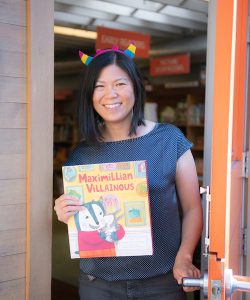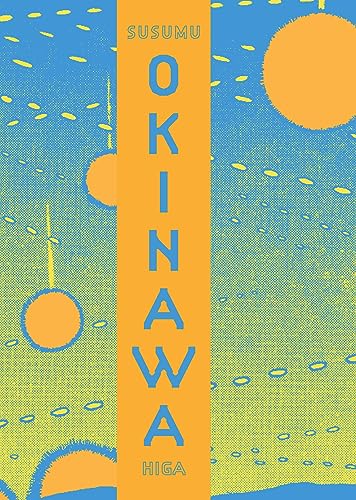 Originally published in Japan, Susumu Higa’s historical fiction manga Okinawa brings to life the experiences of Okinawans during World War II and the post-war experiences of both younger and older generations. This book binds together two of Higa’s previously published works: Sword of Sand (1995) and Mabui (2010). These narratives are told through illustrations and dialogue, along with onomatopoeia to emphasize actions, in the format of manga. Telling these stories through manga, a Japanese-style of visual storytelling like comics or graphic novels, combines the unique experiences of Okinawan people with the popular Japanese style of storytelling, bringing international readers both the popular culture of the dominant mainland Japan and the voices of a smaller, lesser known community. The United States Board of Books for Young People (USBBY) named Okinawa one of the Outstanding International Books (OIB) of 2024. Continue reading
Originally published in Japan, Susumu Higa’s historical fiction manga Okinawa brings to life the experiences of Okinawans during World War II and the post-war experiences of both younger and older generations. This book binds together two of Higa’s previously published works: Sword of Sand (1995) and Mabui (2010). These narratives are told through illustrations and dialogue, along with onomatopoeia to emphasize actions, in the format of manga. Telling these stories through manga, a Japanese-style of visual storytelling like comics or graphic novels, combines the unique experiences of Okinawan people with the popular Japanese style of storytelling, bringing international readers both the popular culture of the dominant mainland Japan and the voices of a smaller, lesser known community. The United States Board of Books for Young People (USBBY) named Okinawa one of the Outstanding International Books (OIB) of 2024. Continue reading


WOW Recommends: The Blue Book of Nebo
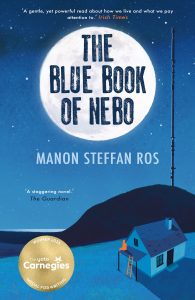 The Blue Book of Nebo by Manon Steffan Ros is a profoundly moving young adult novella. Originally written in Welsh, it is a gentle and raw tale of a family’s survival in an isolated house in Northwest Wales after some kind of horrific disaster. The story is told through alternate journal entries written by Dylan, a young teenager, and his mother, Rowenna. They share a journal, which they call The Blue Book of Nebo, but they agree not to read each other’s entries. Continue reading
The Blue Book of Nebo by Manon Steffan Ros is a profoundly moving young adult novella. Originally written in Welsh, it is a gentle and raw tale of a family’s survival in an isolated house in Northwest Wales after some kind of horrific disaster. The story is told through alternate journal entries written by Dylan, a young teenager, and his mother, Rowenna. They share a journal, which they call The Blue Book of Nebo, but they agree not to read each other’s entries. Continue reading

Awards for Translation and Cultural Exchange with Korean Picturebooks
By Yoo Kyung Sung, University of New Mexico, Albuquerque NM
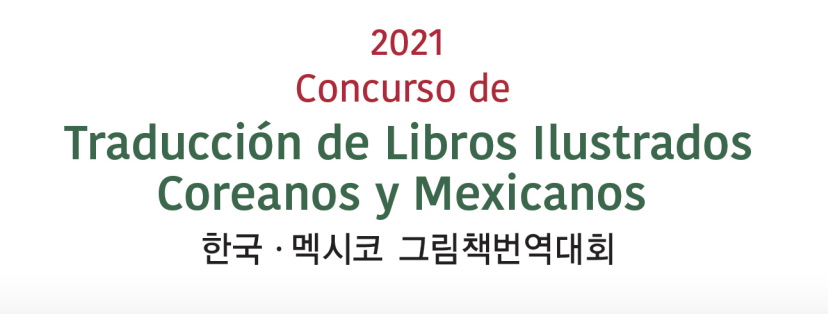 This month, I invite the WOW Currents audience to partake in global intercultural and language celebration events that unite young and adult readers with languages and cultures from contemporary nations across diverse countries. This edition of WOW Currents invites readers to take a closer look at select award-winning books from recent translation competitions, including Korean to Spanish, Spanish to Korean, Korean to Arabic, and Arabic to Korean languages. The award ceremonies for these competitions were held at the Korean Embassy in Mexico City and the Seoul International Book Exhibition, marking significant intercultural solidarity programs in the field of translation and cultural exchange. Continue reading
This month, I invite the WOW Currents audience to partake in global intercultural and language celebration events that unite young and adult readers with languages and cultures from contemporary nations across diverse countries. This edition of WOW Currents invites readers to take a closer look at select award-winning books from recent translation competitions, including Korean to Spanish, Spanish to Korean, Korean to Arabic, and Arabic to Korean languages. The award ceremonies for these competitions were held at the Korean Embassy in Mexico City and the Seoul International Book Exhibition, marking significant intercultural solidarity programs in the field of translation and cultural exchange. Continue reading

Worlds of Words Center Expands Holdings of Original Picturebook Illustrations
by Rebecca Ballenger, Associate Director of Worlds of Words Center
The Worlds of Words Center adds original illustrations from 55 picturebooks to its holdings as a result of a recent crowdfunding campaign and donations of art by Mary J. Wong. The new pieces are from classic, award-winning, and global children’s literature and include works by illustrators visiting for the Tucson Festival of Books. A selection of the new acquisitions will be on display leading up to the book festival and for UArizona Museum Day at Worlds of Words in the University of Arizona College of Education.
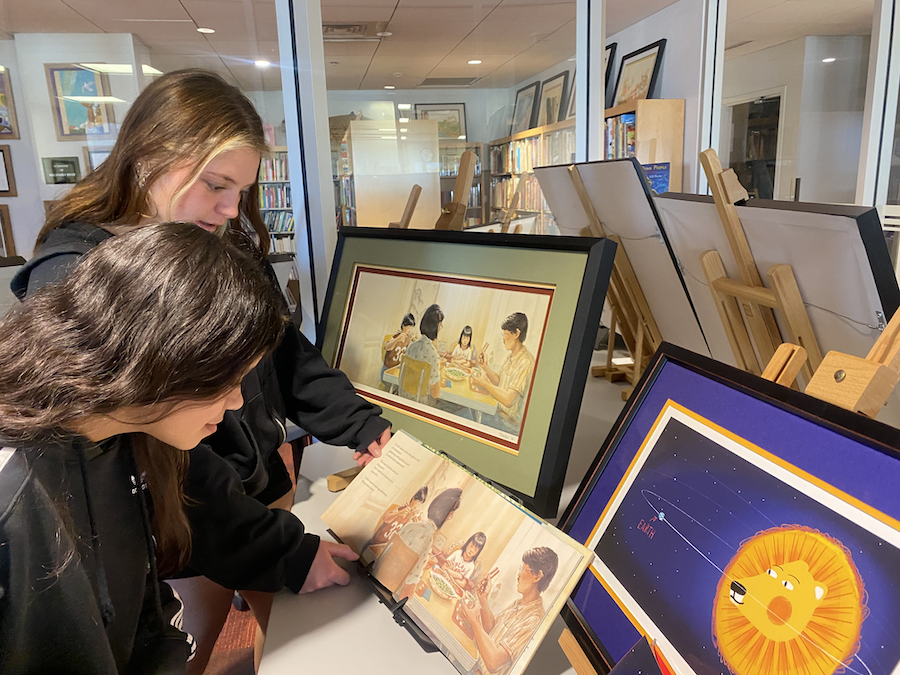
Project FOCUS student Daniela Garcia (first-year) and Elementary Education major Lily Volmer (sophomore) compare an original illustration by Jason Chin to its final version. Chin’s work for Watercress earned the 2022 Caldecott Medal.

WOW Recommends: Welcome to the Wonder House
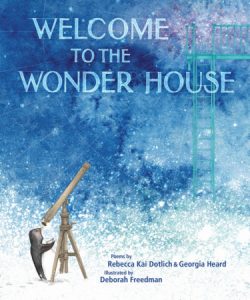 In Welcome to the Wonder House, a book of poetry by noted poets Georgia Heard and Rebecca Kai Dotlich, readers are invited to explore twelve rooms filled with poems and objects. The poems will inspire creativity and wonder in young readers. In each room, readers can become historians, scientists, mathematicians, astronauts, architects, geologists, artists or writers while contemplating topics such as nature, space and ancient history, as well as ordinary items. For example, in the Curiosity Room, poems and yellow tinted and cream-colored pictures of dinosaur fossils, planets and meteor collisions spark readers’ interests in natural resources and planets. The poem titles demonstrate the span of resources: Why do diamonds wink / and shine?/ What is quartz?/ What is lime? / What fossils still / sleep underground? / How does our Earth keep spinning around? (p. 4). In the Nature Room, readers explore a stormy sky with rain and thunder: Thunder drums the skin of sky, / striking / an / electric / scar / from cloud to cloud. (p. 12). All poems cover science, technology, engineering, arts and mathematics (STEAM) topics and will be a great addition to STEAM lessons for all age groups. Continue reading
In Welcome to the Wonder House, a book of poetry by noted poets Georgia Heard and Rebecca Kai Dotlich, readers are invited to explore twelve rooms filled with poems and objects. The poems will inspire creativity and wonder in young readers. In each room, readers can become historians, scientists, mathematicians, astronauts, architects, geologists, artists or writers while contemplating topics such as nature, space and ancient history, as well as ordinary items. For example, in the Curiosity Room, poems and yellow tinted and cream-colored pictures of dinosaur fossils, planets and meteor collisions spark readers’ interests in natural resources and planets. The poem titles demonstrate the span of resources: Why do diamonds wink / and shine?/ What is quartz?/ What is lime? / What fossils still / sleep underground? / How does our Earth keep spinning around? (p. 4). In the Nature Room, readers explore a stormy sky with rain and thunder: Thunder drums the skin of sky, / striking / an / electric / scar / from cloud to cloud. (p. 12). All poems cover science, technology, engineering, arts and mathematics (STEAM) topics and will be a great addition to STEAM lessons for all age groups. Continue reading
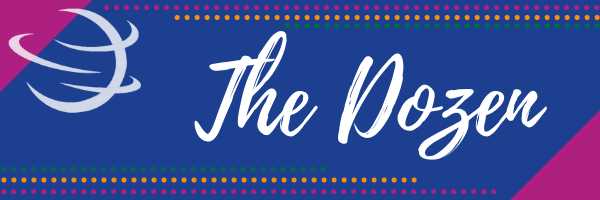
WOW Dozen: Biographies of Latin American and Latinx People in STEM
By Janine M. Schall, University of Texas Rio Grande Valley
With increasing emphasis on nonfiction in the classroom, we must remember to seek out nonfiction that features people from diverse backgrounds. Representation matters in nonfiction as much as it does in fiction! Yet, while 25% of U.S. children have Latin American heritage it remains difficult to find quality nonfiction featuring Latinx characters, settings, or experiences. Continue reading

Celebrating New Authors and Illustrators at the 2024 Tucson Festival of Books
By Kathy G. Short, University of Arizona, Tucson, AZ
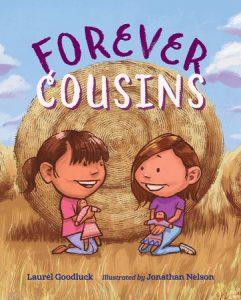 Festivals are an opportunity to connect with well-known authors who win awards and are on best-selling lists. Plenty of those authors are coming to the Tucson Festival of Books this year, such as Kate DiCamillo, Donna Barba Higuera, Roshani Chokshi, John Parra, Sayantani DasGupta, Jennifer Nielson, Kazu Kibuishi, R.L. Stine, Marissa Meyer, Shelby Mahurin, and Gene Luen Yang. They will appear on panels, solo sessions, and workshops, giving readers a chance to talk with the authors they admire and love to read.
Festivals are an opportunity to connect with well-known authors who win awards and are on best-selling lists. Plenty of those authors are coming to the Tucson Festival of Books this year, such as Kate DiCamillo, Donna Barba Higuera, Roshani Chokshi, John Parra, Sayantani DasGupta, Jennifer Nielson, Kazu Kibuishi, R.L. Stine, Marissa Meyer, Shelby Mahurin, and Gene Luen Yang. They will appear on panels, solo sessions, and workshops, giving readers a chance to talk with the authors they admire and love to read.
What is often overlooked is that festivals are also an opportunity to meet new authors and illustrators who are making their mark on the field, adding their books as new favorites. Recent illustrators who have published picturebooks will appear on panels and give illustrator studios this year. Jonathan Nelson is the Diné illustrator of Forever Cousins (2022) and A Letter for Bob (2023), demonstrating his commitment to illustrating Native stories by Native authors. A Letter for Bob celebrates the treasured family car that has taken a young girl’s family through happy and sad times. In Lian Cho’s new picturebook, Oh, Olive! (2023), Olive loves to smear, spatter, and splash with a brush in each hand, but faces the displeasure of her parents who are serious artists, painting proper perfect shapes. Continue reading

The Colourful World Beyond the Seven Hills
By Rebecca Ballenger, Associate Director, Worlds of Words Center
The Grimm Brothers’ collection “Children’s and Household Tales” inspired visual images in illustrations that left their indelible mark on the memory of successive generations. For the first time in the U.S., the traveling exhibition “The Colourful World Beyond the Seven Hills” invites people to experience or re-experience this tradition of folktale illustration from Germany, Austria and Switzerland. Posters of illustrations from the book collections of the International Youth Library in Munich, Germany, are now available for viewing in the Worlds of Words Center of Global Literacies and Literatures of the UArizona College of Education.
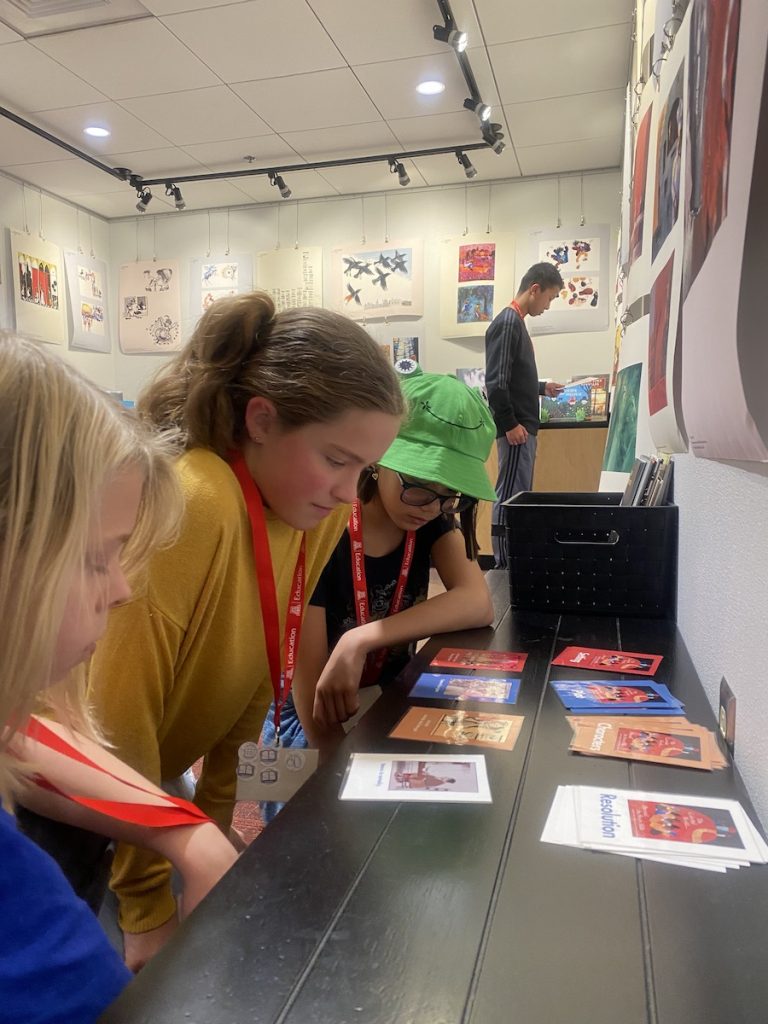
Middle School Reading Ambassadors work through a mixed-up Grimm Brother’s storytelling activity that Worlds of Words offers alongside the The Colourful World Beyond the Seven Hills exhibit on loan from the International Youth Library in Munich, Germany.

Experience the 2024 Tucson Festival of Books
By Kathy G. Short, University of Arizona, Tucson, AZ
As a long-time attendee and presenter at professional conferences for educators, book festivals were a new genre for me when I first started working with the Tucson Festival of Books 14 years ago. I quickly realized that the audience was much broader for a festival, many of whom are parents, children and teens with different preferences than educators. A festival needs to balance authors who have popular appeal and write series books with authors who are critically acclaimed, and well-known authors with emerging authors. The sessions also need to offer laughter and playfulness as well as discussions of critical issues.
Over time, we have developed different types of sessions for the children/teen section of the festival to appeal to the different audiences. The overall festival has over 300 authors and 130,000 attendees. 65 of those authors are picturebook authors/illustrators, middle grade authors, graphic novel creators, and young adult authors, who present over 100 sessions. One strength of our program for children and teens is that many of the sessions are in rooms that seat 40-50 people to allow for more intimate interactions with authors, instead of only large auditoriums where authors are at a distance. This WOW Currents highlights the types of sessions and a few of the authors who are coming this March. Go to the festival website for a full list of authors and sessions for the entire festival. Continue reading
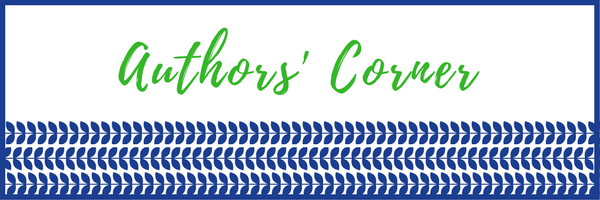
Authors’ Corner: Margaret Chiu Greanias
By Rebecca Ballenger, University of Arizona, Tucson, AZ
Unlikely author Margaret Chiu Greanias struggled in Language Arts and English classes throughout school but still managed to write her first book in fourth grade. And that was it for a long time. Then, during the last quarter of her last year in college, Greanias took a creative writing class that turned things around for her writing career. Today, her picturebooks include Maximillain Villanous, Amah Faraway, Hooked on Books and her newest release, How This Book Got Red. In this Authors’ Corner Greanias discusses her new book, representation in children’s literature, her writing process and school visits. Continue reading
